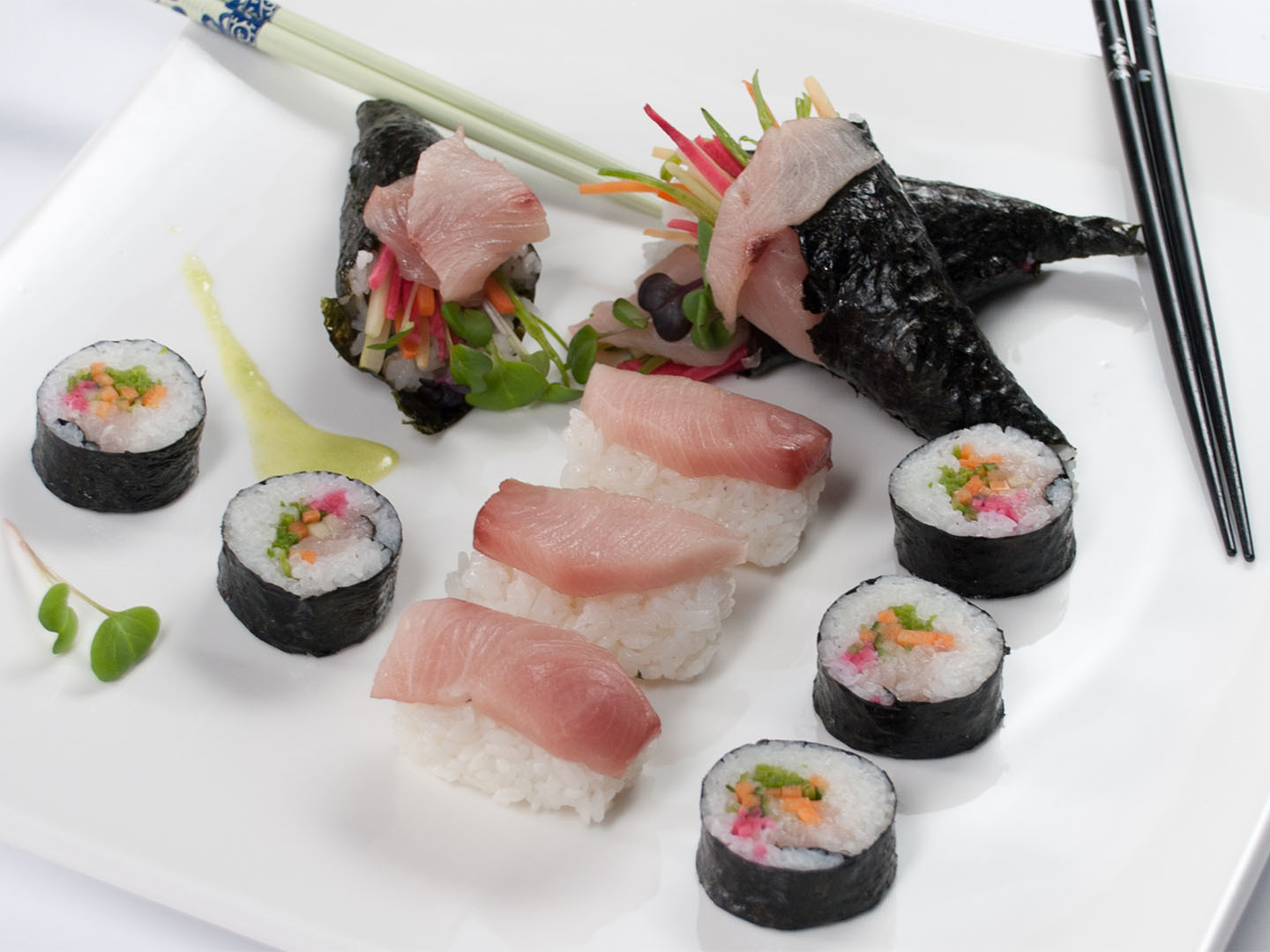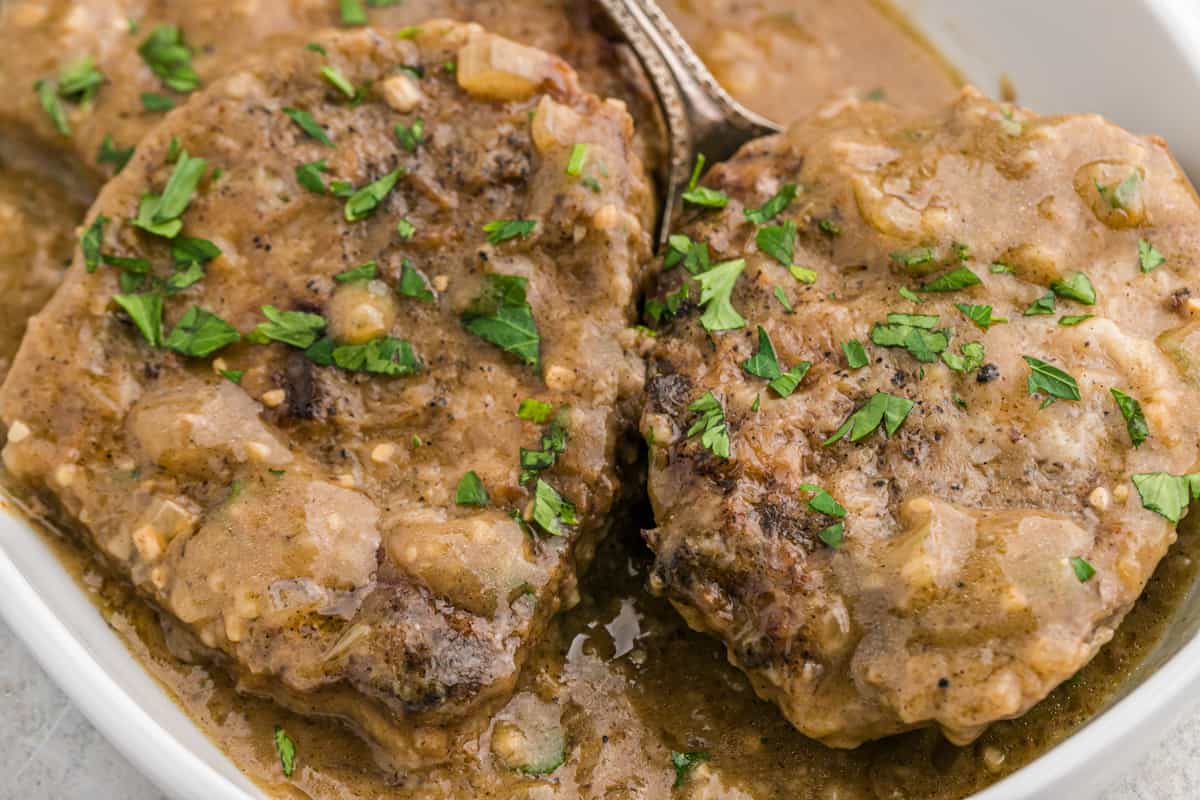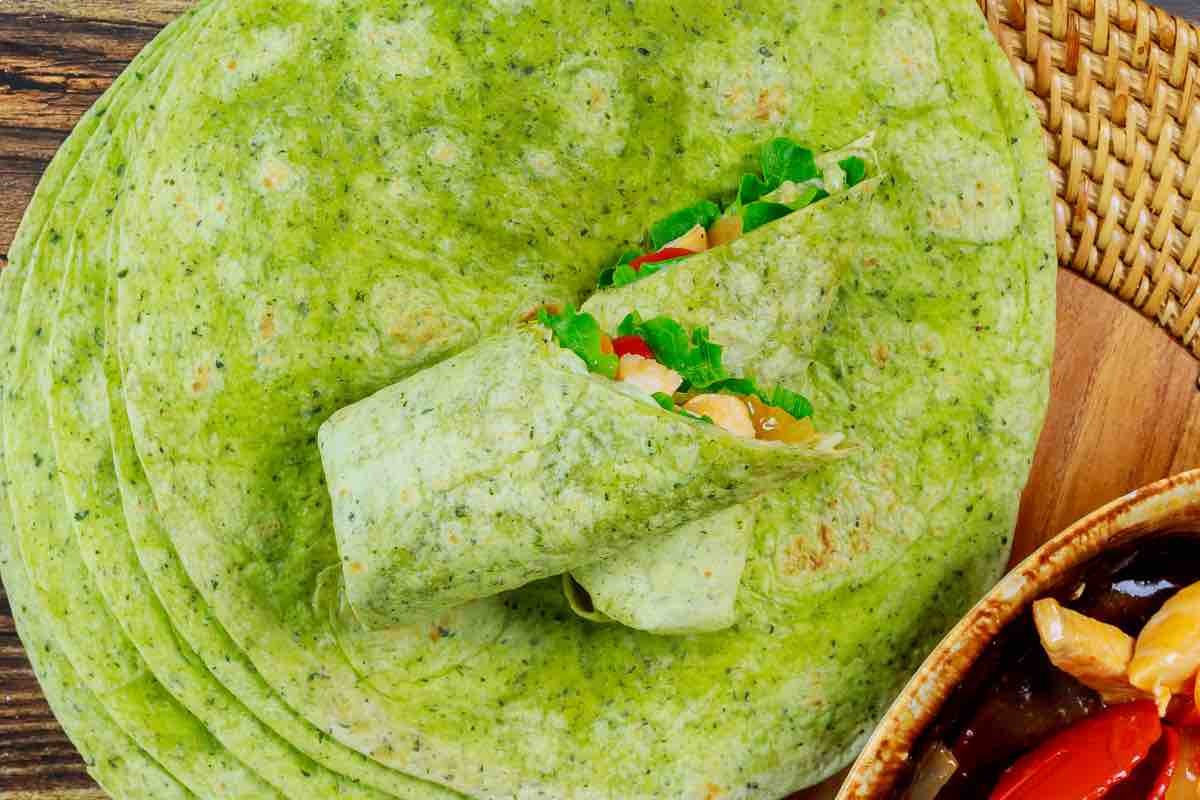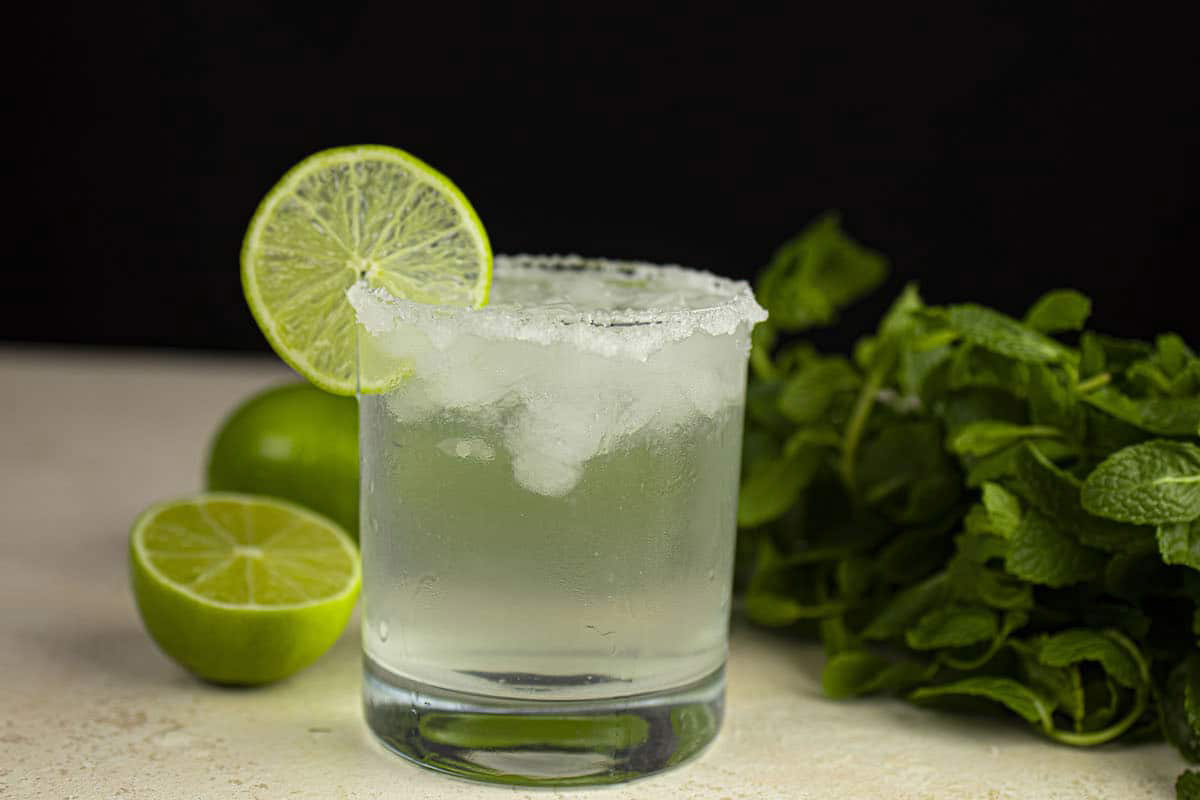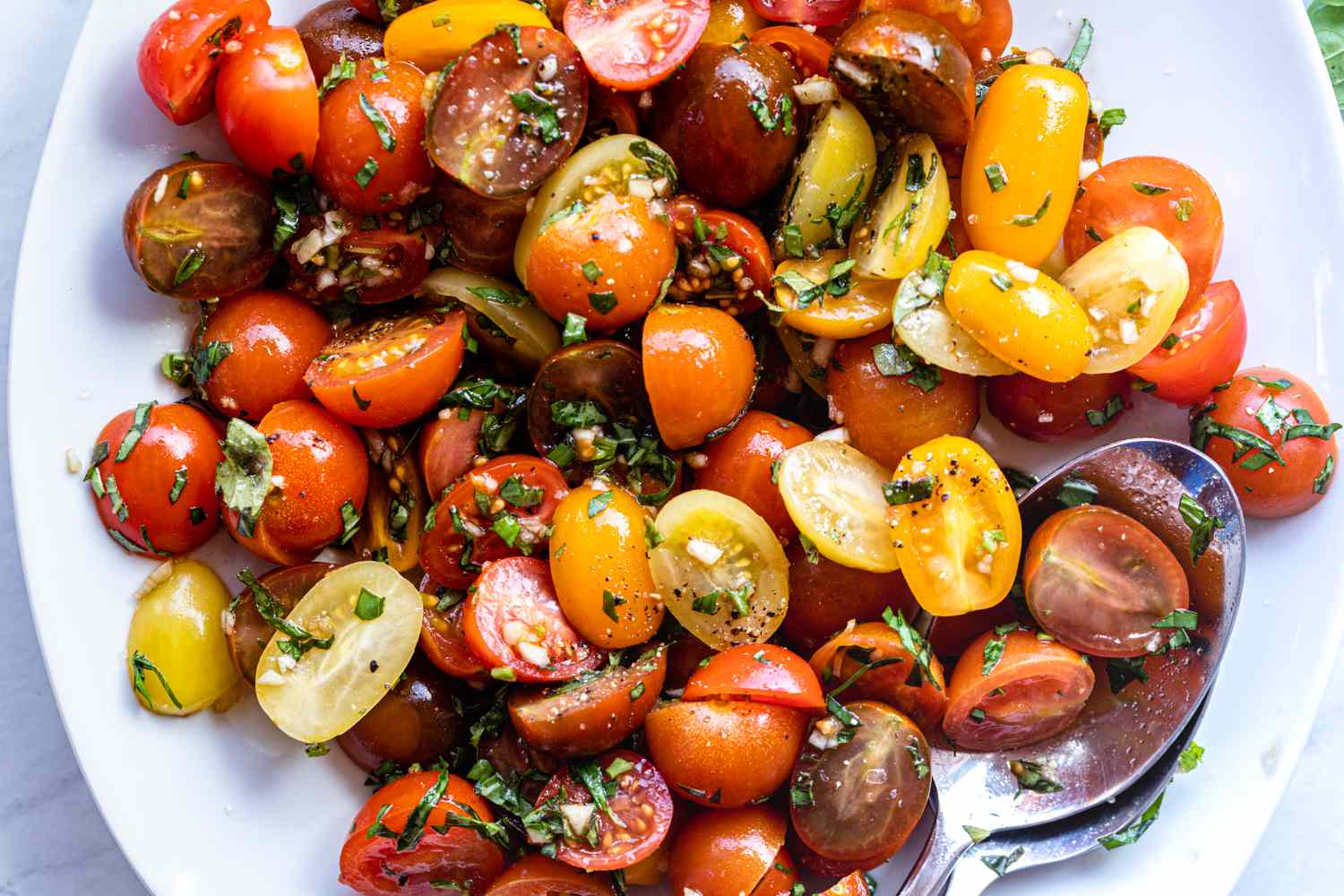Discovering the Delightful Tafelspitz
Are you a fan of trying new and exciting dishes from around the world? If so, you may want to add Tafelspitz to your culinary bucket list. This traditional Austrian dish has been enjoyed for centuries and continues to be a favorite among locals and visitors alike. But what exactly is Tafelspitz, and why is it so special?
Understanding Tafelspitz
Tafelspitz is a classic Austrian dish that features boiled beef, typically from the tenderloin or sirloin, served with a flavorful broth and an array of accompaniments. The beef is simmered with root vegetables and aromatic herbs, resulting in a tender and succulent meat that is bursting with flavor. The dish is often served with traditional sides such as crispy potatoes, creamy spinach, and tangy horseradish sauce.
The History of Tafelspitz
With roots dating back to the 19th century, Tafelspitz has a rich history in Austrian cuisine. It is said that the dish was a favorite of Emperor Franz Joseph I, who enjoyed it as a part of his regular meals. The emperor’s fondness for Tafelspitz helped elevate its status and popularity, turning it into a beloved national dish.
How Tafelspitz is Served
When Tafelspitz is served, it is a feast for the senses. The tender beef is carefully sliced and arranged on a platter, accompanied by the aromatic broth and an assortment of sides. Diners can customize their experience by adding the broth to the meat, creating a comforting and satisfying dish that is perfect for any occasion.
Where to Enjoy Tafelspitz
If you’re eager to sample this iconic Austrian dish, you’ll be pleased to know that there are numerous restaurants in Austria that specialize in Tafelspitz. Whether you’re visiting Vienna, Salzburg, or any other Austrian city, you’re likely to find this delectable dish on the menu. Additionally, many chefs around the world have embraced Tafelspitz, offering their own unique interpretations of this classic dish.
Why Tafelspitz is Worth Trying
There are countless reasons to give Tafelspitz a try. From its rich history and cultural significance to its mouthwatering flavors and comforting presentation, Tafelspitz offers a truly unforgettable dining experience. Whether you’re a seasoned food enthusiast or someone who simply enjoys trying new dishes, Tafelspitz is sure to leave a lasting impression.
So, the next time you find yourself seeking a culinary adventure, consider adding Tafelspitz to your list. With its timeless appeal and undeniable deliciousness, this iconic Austrian dish is a must-try for anyone with an appreciation for good food.
Was this page helpful?
Read Next: What Is A Typical Christmas Dinner?
